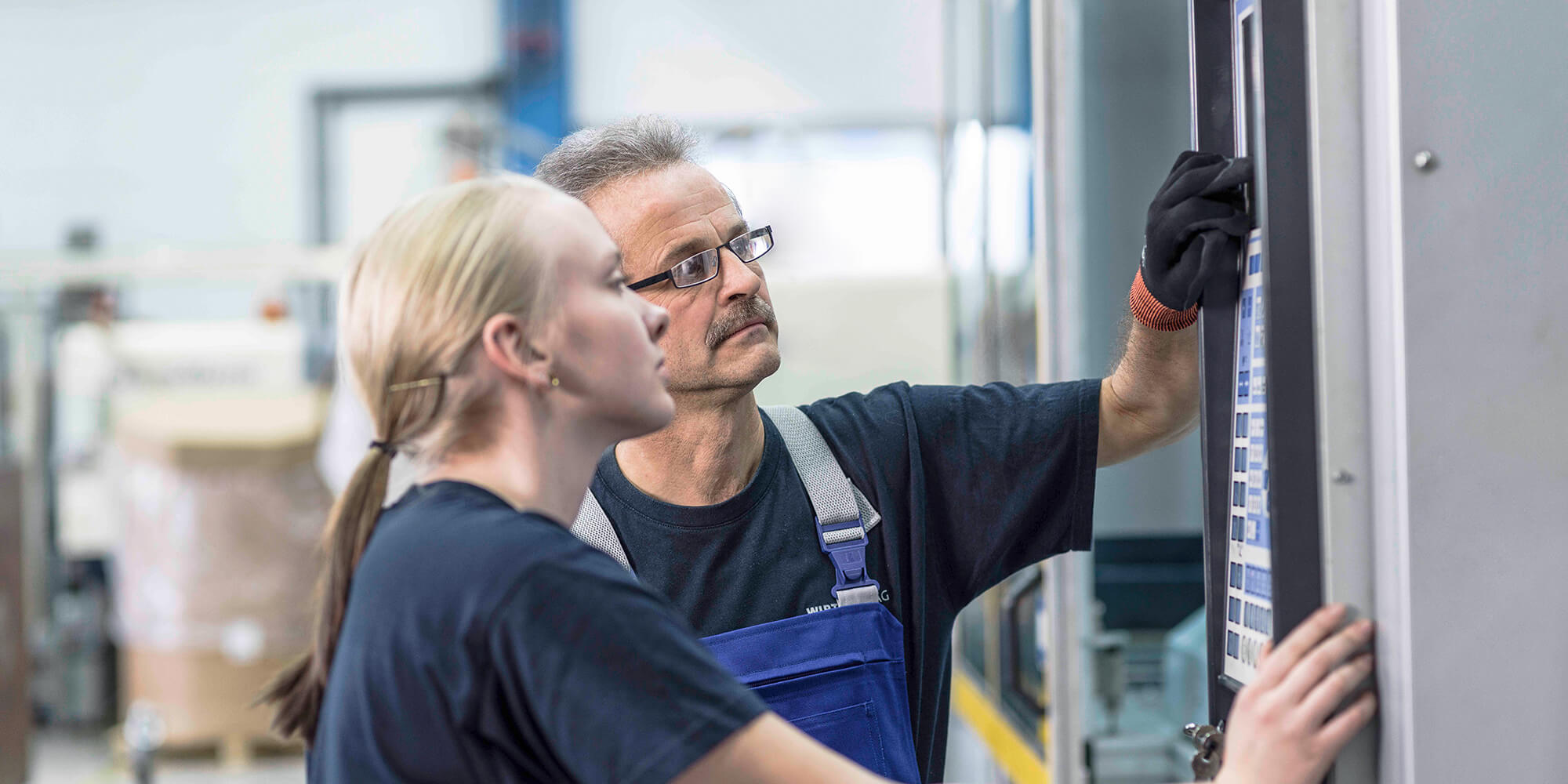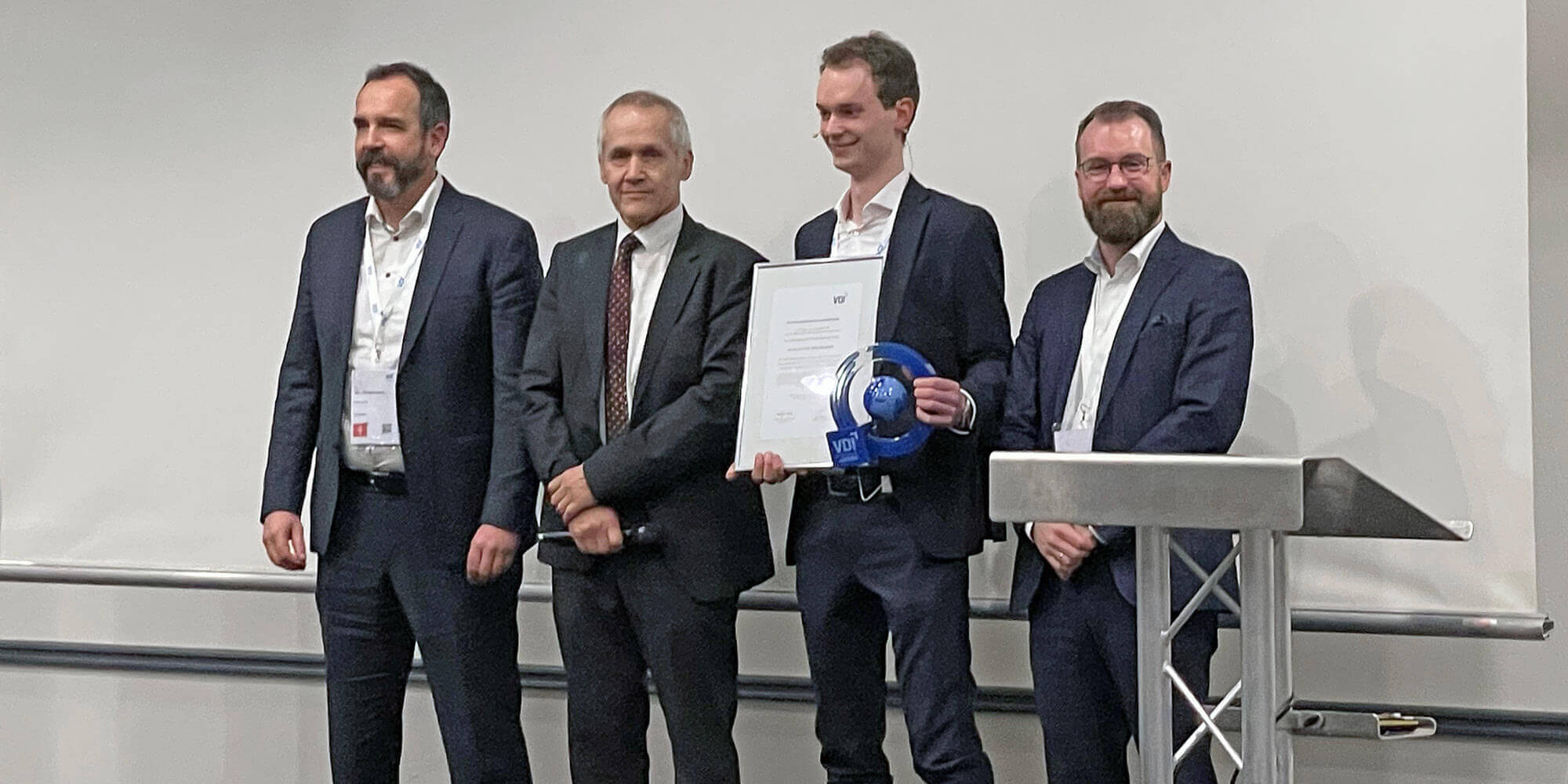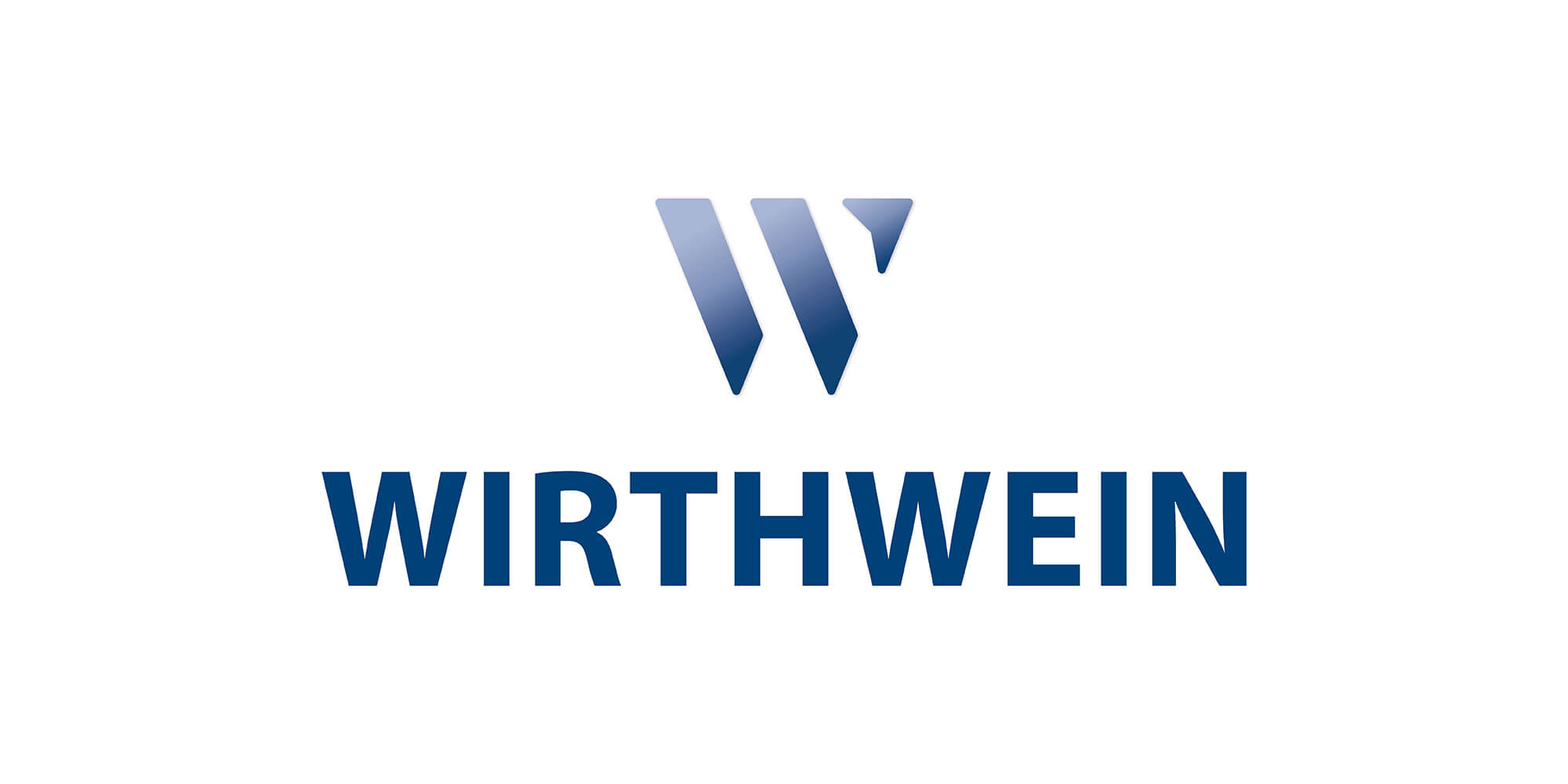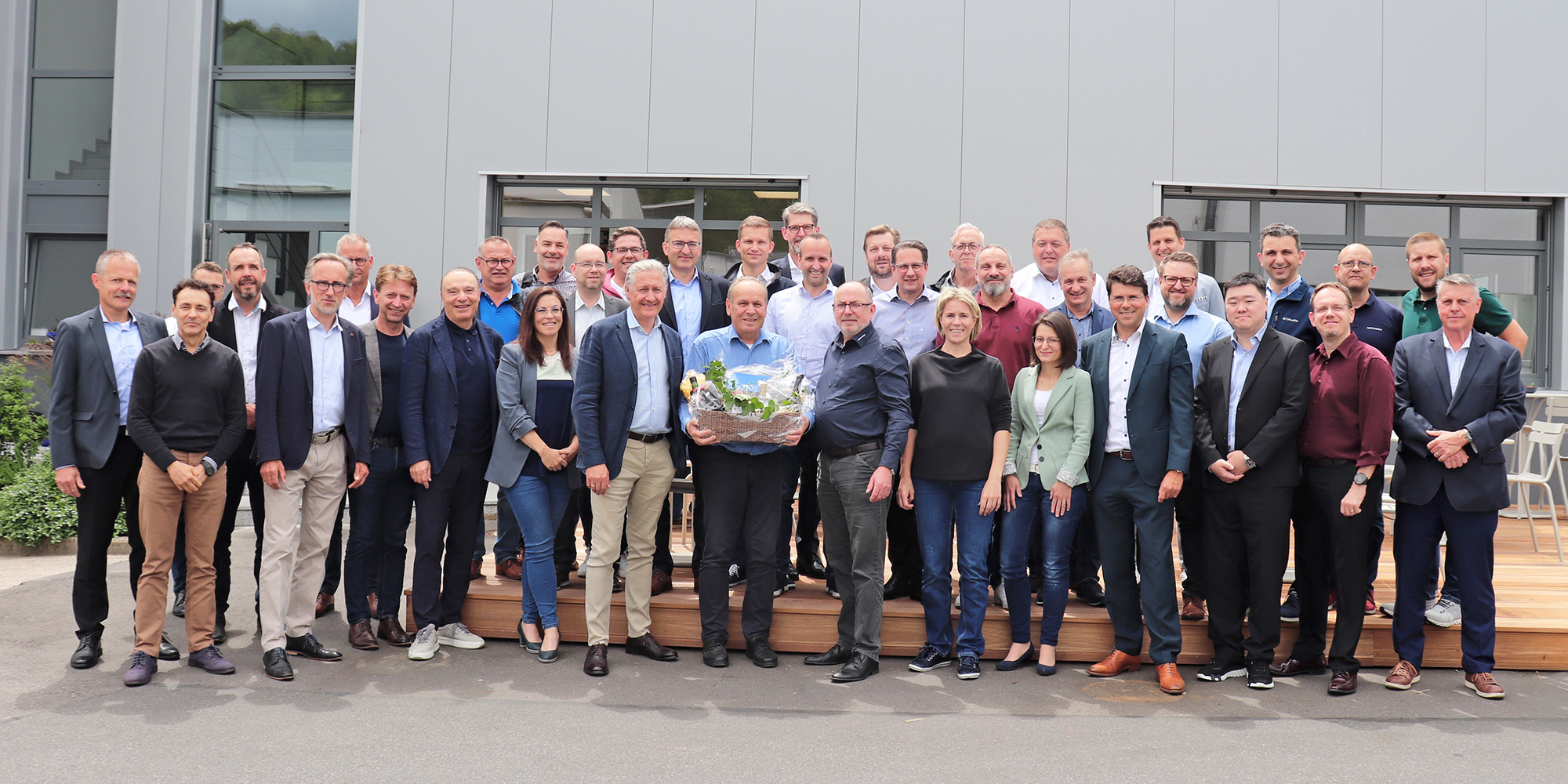The German version of this article was published in K-PROFI, issue 10/2019 and was written by:
Dipl.-Ing. Markus Lüling, chief editor K-PROFI
How Wirthwein profits from its MES system already shortly after implementation
The Wirthwein-Group headquartered in Creglingen has started to implement a globally standardized MES system. With it, the designer and manufacturer of injection molds is able to collect, control and analyze machine and process data much better. Chief Technical Officer Marcus Wirthwein, Technical Director Thomas Weberbauer and Head of Group Production Planning Markus Lesch informed K-PROFI about their findings of the first weeks with the new system.
Starting with a subsidiary, the Wirthwein-Group implemented a machine data acquisition system (MDA) after having implemented SAP at all production plants. The software was an individual, internally developed program, which indeed had a practical functionality as it collected order-related data and simple functions, such as a shot counter, and - by networking machines - gave a status overview over several plants.
With new acquisitions Wirthwein also added further MDA systems to their corporate landscape. In the end, not only the discontinuity was a problem but also the core system’s functional volume, which was too small for the size the enterprise has reached with more than 20 production sites for plastics processing and some 500 injection molding machines.
“That is why we have decided to implement a standardized ERP system in all our plants, which we did with SAP. On this basis, we wanted to create a standardized and continuous PDA and MDA system“, informs Thomas Weberbauer. “As a next step, we want to take initial steps towards a smart factory by collecting and using Big Data and digitalizing tasks”.
The choice fell on the Manufacturing Execution System (MES) Hydra of MPDV, which serves as a link between ERP on management level and production and which includes modular solutions for MDA and PDA. “If you do not dispose of a functioning MDA system, you do not have to give thought to digitalization as you will not be able to network machines. Now we can see which data are returned from which machines, which data are really worth collecting and which control loops we build up”, Markus Lesch says about the installation. “With other systems we would have had to lower our sights.“
The existing system included one PC in production which every employee could use to get access to production-relevant data. Markus Lesch says: “However, that was just non-functional and unsatisfying“. Marcus Wirthwein, too, was not totally satisfied: “Although I disposed of all key figures of the plants connected, the system was not transparent enough”.
Since the beginning of the year, Wirthwein has been rolling out the new system in the group step by step. Since April 1 the headquarters in Creglingen has been working with it and since July 1 also the subsidiary in Spain. On big monitors on the shop floor walls employees can see at one glance how the respective units work. “We have created a basic, plausible, and intuitive design”, says Markus Lesch.
By means of a barcode employees can register on an injection molding machine to have a completely digital environment available on the MES monitor which depicts all details of an open order. “This system makes everyday life easier and is fully accepted by everyone“, is Thomas Weberbauer convinced. “Thanks to the system’s transparency our workforce feels more motivated. The visual information has a clearly positive impact“, endorses Markus Lesch.
“Euromap 63 interfaces connect the machines with our system and transfer sets of parameters and programs to the machines“, explains Markus Lesch. With each shot the system collects and stores the five key machine parameters. “With these parameters we manage quality by means of a tolerance band control. That’s the major innovation“.
Which insights did the system provide in the first weeks? Thomas Weberbauer answers: “Having analyzed initial data, we have detected irregularities which conventional methods would not have revealed. All in all, we can say that we have produced below average”. And in detail? “Deficits as regards master data quality have become obvious very quickly. With these data we can now ask proper and important questions concerning basic issues, such as setup times, response time for service, reactance of workers or also readiness of provided molds to be retooled. We have detected more media breaks than suspected and scrutinize former planning methods“.
“Now we have target and actual values available and can very easily determine escalation levels through percentage deviations“, outlines Markus Lesch another advantage. “In the medium run, we want to create correlations automatically and apply Design of Experiments (DoE) and AI Tools to analyze processes. For the time being, we want to find the perfect setting for ourselves as there is no common standard for it. This alone is a very time-consuming work“.
However, in the medium run it will be worth the effort. “Of course, we see all developments, irregularities and differences when doing follow-up calculations. However, very late and upon order completion“, says Thomas Weberbauer. “By means of MES we can compare all articles and variants immediately, which can be very thrilling with 18 plants. There are articles which we produce in 45 seconds here, while another plant needs 53 seconds. Such findings encourage us to do benchmarking”.
“Now we can set up each process in such way that we have the perfect flow. In return, there is no need for controlling any longer”, Marcus Wirthwein points out. “However, we have to work off deficits, and if it means many implications”.
The company does not want to do subsequent analyses any longer. “Which advantage do I have if I learn only one week later that I have produced scarce goods? What is the use if a machine is still running after order processing?” asks Marcus Wirthwein. Minor excess production is economically insignificant in the automotive industry, yet in the railway industry we produce many special parts order-specifically. Here we need exact bits of information, some of which virtually in real time“, he concludes.
Thomas Weberbauer says: “Setting triggers and defining measures to get better and better – this is what we all hope for – not to mention analyzing the flood of data which is going to roll towards us one day. That was one of the first effects we felt when implementing the system at the individual plants. It is always the data that trigger improvements.”
“Thanks to the system several systemic fields of action have been detected yet, such as optimization potential as regards setup or also troubleshooting“, Marcus Wirthwein adds: “In the future, we are going to program scenarios for staff deployment in production. Then machines will inform shift managers if this or that machine requires staff.“ Also Thomas Weberbauer regards this as a major step: “Presently we are delivered data and shown fields of action. However, it is up to us humans to decide which measures to take. We have reached our target when the system proposes which measures to take”.
“Our vision is that of a self-regulating production“, Marcus Wirthwein looks into the future and to one of the core ideas of Industry 4.0. “However, I am sure there is no plastic-producing company where this is common practice yet“.
Wirthwein aims at consolidating the results upwards in the hierarchy to the production management to the operation team and finally to the management. “We want to take these steps for all our 22 plants around the world. This is what we are striving for“, points out Thomas Weberbauer. In view of such a big and ramified production network, the use of capacities increases efficiency: “If we plan effectively, we can develop up to 20 % of additional capacities“, believes Thomas Weberbauer: “We aim at being able to compare our plants, check availabilities and take the respective measure. The greatest effect will be the comparability of plants”, is Thomas Weberbauer convinced.
“When switching on my computer in the morning and opening the management cockpit, I can see whether – and if so, where – there are any problems”, hopes Marcus Wirthwein. By using production data intensively the group of companies hopes to increase efficiency by two-digit figures. “It is quite simple: the higher the OEE, the less machines do we need. We want to improve availability to such an extent that we either need fewer machines or are able to increase production on the machines available“.



